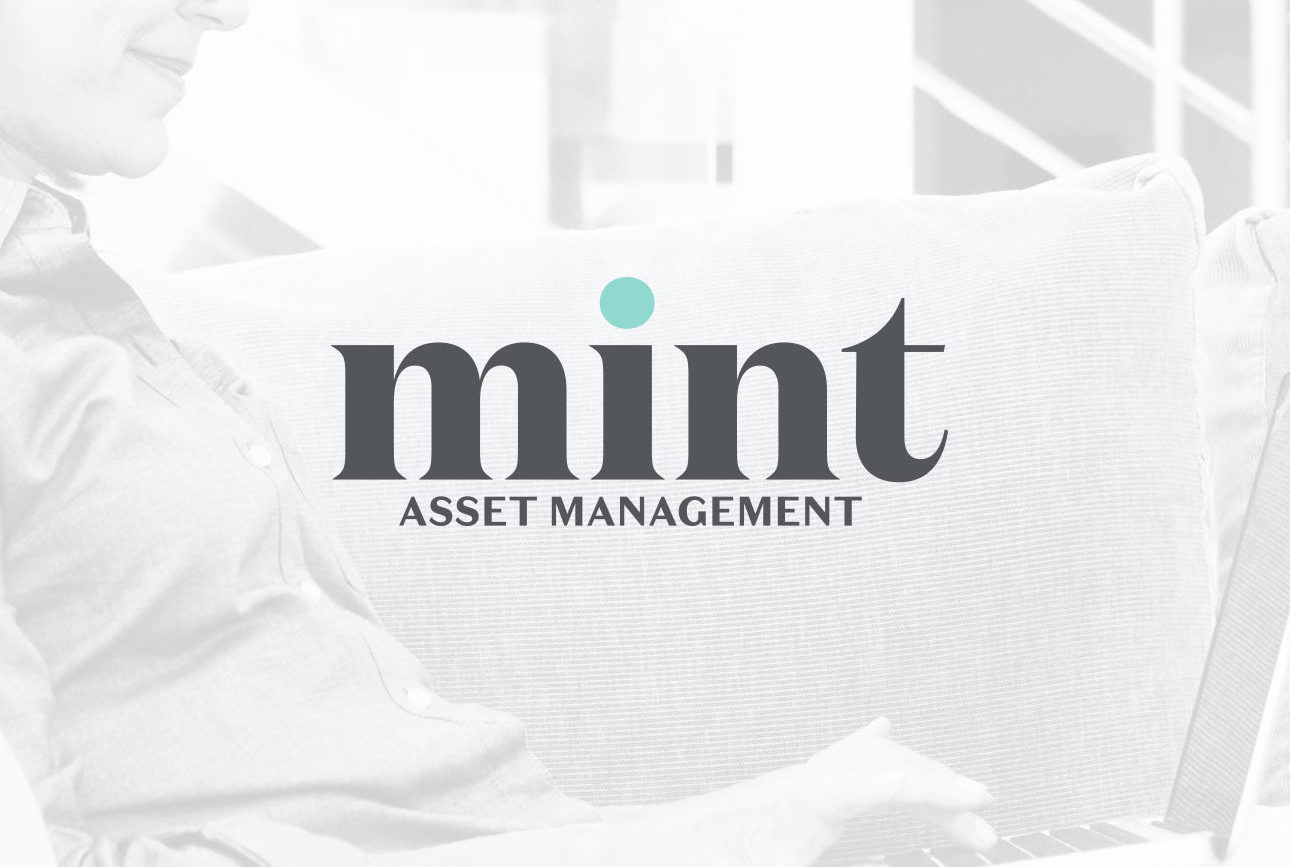

How Do Income Funds Really Work?
Article by David Boyle, Mint Asset Management
With global bank deposit rates sinking faster than the Titanic, the hunt for returns on savings is becoming a real challenge, especially for those on a fixed income in retirement. This has driven investors to search outside the square for a better return and it’s why income funds are starting to gain popularity against bank deposits, particularly over the past five years or so.
They’re not a proxy for bank Term Deposits but they meet a similar need
The first thing you have to know about income funds is that they are not a proxy for bank term deposits or government bonds. I really worry when I hear that some investors have been told they are, which is really like comparing a Morris Minor to a BMW. They are totally different by way of structure and sophistication, but they do meet a similar need. In recent years income funds have performed very well, but that’s because some of the money is invested into those terrible things called shares.
This means you have to be prepared for your capital to fluctuate and even go down in value during negative periods in a normal market cycle. Something traditional bank deposits do not do. But, if you have some time and can stomach a little bit of volatility, then an income fund can be a good option for your investment shopping list.
A simple overview of how they work:
In most cases every income fund will have these key components:
- A small allocation to equities and property, both nationally and internationally
- Generally, a far larger allocation to bonds and cash
- They will pay the investor an income generated from the assets the fund holds
The first thing the fund manager will do is set a performance objective. Normally it will be either beating a specific benchmark (a composite index made up of all the different asset classes the fund invests in) or, in Mint’s case, a specific objective or target being, in this case, the Consumer Price Index (CPI) plus 3%. For example CPI as at June 2020 was 1.5% + 3% CPI = target to achieve or beat would be 4.5% before tax.
Now apologies, there is a little bit of industry jargon coming up, but hopefully, you won’t nod off through this section because it really is an important part of the whole process.
The next step for the manager is to come up with an appropriate Strategic Asset Allocation (SAA), essentially where they are going to invest your money. They will do this in two major areas:
- income assets(cash and fixed interest)
- growth assets (property and shares).
Fixed interest, property, and shares are likely to be invested not only in New Zealand, but overseas as well to help with diversification. You know the theory: don’t put all your eggs in one basket.
This will allow the fund manager the best possible chance to get the return they are seeking over a complete market cycle.
The next component is Tactical Asset Allocation (TAA) (hang in there, we’re nearly through the worst of it). This is a process that allows active fund managers to change weightings in each asset class during a market cycle to take advantage of short-term fluctuations, or what we would call buying or selling opportunities. It’s also a way to help mitigate some of the risk as well. Most managers will have set ranges they can overweight or underweight for each asset allocation.
The last stage of the investment process is to pick the right bonds and shares that will hopefully provide the sugar on the top of the return.
The other important component is the distribution of income. In most cases, all distributions of income received from the investments gets swept out of the fund and paid to investors, generally on a quarterly basis. If you don’t want to receive the income it can be reinvested back into the fund, thus improving the overall capital return of your investment.
To sum it up
An income fund has no guarantee on the final return it will deliver. The capital will fluctuate as well as we go through different market cycles and this can be disconcerting at times. However, with some qualified financial advice and an assessment of your current financial position, it just might be a type of fund that could help you beat those low interest rate odds.
If you would like to learn more about the Mint Diversified Income Fund or the other Mint funds on InvestNow, click here.
How Do Income Funds Really Work?
Article by David Boyle, Mint Asset Management
With global bank deposit rates sinking faster than the Titanic, the hunt for returns on savings is becoming a real challenge, especially for those on a fixed income in retirement. This has driven investors to search outside the square for a better return and it’s why income funds are starting to gain popularity against bank deposits, particularly over the past five years or so.
They’re not a proxy for bank Term Deposits but they meet a similar need
The first thing you have to know about income funds is that they are not a proxy for bank term deposits or government bonds. I really worry when I hear that some investors have been told they are, which is really like comparing a Morris Minor to a BMW. They are totally different by way of structure and sophistication, but they do meet a similar need. In recent years income funds have performed very well, but that’s because some of the money is invested into those terrible things called shares.
This means you have to be prepared for your capital to fluctuate and even go down in value during negative periods in a normal market cycle. Something traditional bank deposits do not do. But, if you have some time and can stomach a little bit of volatility, then an income fund can be a good option for your investment shopping list.
A simple overview of how they work:
In most cases every income fund will have these key components:
- A small allocation to equities and property, both nationally and internationally
- Generally, a far larger allocation to bonds and cash
- They will pay the investor an income generated from the assets the fund holds
The first thing the fund manager will do is set a performance objective. Normally it will be either beating a specific benchmark (a composite index made up of all the different asset classes the fund invests in) or, in Mint’s case, a specific objective or target being, in this case, the Consumer Price Index (CPI) plus 3%. For example CPI as at June this year was 1.7% + 3% CPI = target to achieve or beat would be 4.7% before tax.
Now apologies, there is a little bit of industry jargon coming up, but hopefully you won’t nod off through this section because it really is an important part of the whole process.
The next step for the manager is to come up with an appropriate Strategic Asset Allocation (SAA), essentially where they are going to invest your money. They will do this in two major areas:
- income assets(cash and fixed interest)
- growth assets (property and shares).
Fixed interest, property, and shares are likely to be invested not only in New Zealand, but overseas as well to help with diversification. You know the theory: don’t put all your eggs in one basket.
This will allow the fund manager the best possible chance to get the return they are seeking over a complete market cycle.
The next component is Tactical Asset Allocation (TAA) (hang in there, we’re nearly through the worst of it). This is a process that allows active fund managers to change weightings in each asset class during a market cycle to take advantage of short-term fluctuations, or what we would call buying or selling opportunities. It’s also a way to help mitigate some of the risk as well. Most managers will have set ranges they can overweight or underweight for each asset allocation.
The last stage of the investment process is to pick the right bonds and shares that will hopefully provide the sugar on the top of the return.
The other important component is the distribution of income. In most cases, all distributions of income received from the investments gets swept out of the fund and paid to investors, generally on a quarterly basis. If you don’t want to receive the income it can be reinvested back into the fund, thus improving the overall capital return of your investment.
To sum it up
An income fund has no guarantee on the final return it will deliver. The capital will fluctuate as well as we go through different market cycles and this can be disconcerting at times. However, with some qualified financial advice and an assessment of your current financial position, it just might be a type of fund that could help you beat those low interest rate odds.
If you would like to learn more about the Mint Diversified Income Fund or the other Mint funds on InvestNow, click here.



